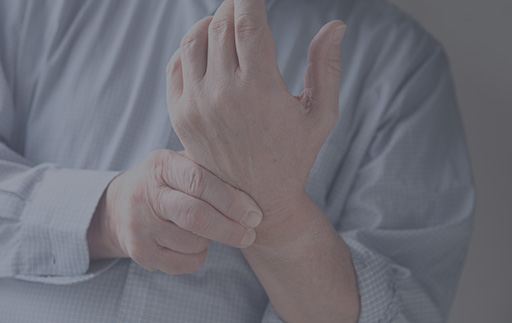Shoulder Surgery
Shoulder Arthroplasty
Severe shoulder conditions with persistent symptoms that have not responded to conservative treatments may benefit from shoulder arthroplasty, or shoulder joint replacement surgery. Shoulder arthroplasty is a procedure in which the damaged joint is replaced with an artificial joint that allows patients to enjoy painless motion and resume their regular activities. Joint replacement of the shoulder is not performed as frequently as that of the hip or knee, but it is equally effective in improving a patient’s comfort and use of the affected arm.
Shoulder Arthroscopy
Arthroscopy is a minimally invasive surgical technique that involves making several small incisions and inserting a fiber-optic device (arthroscope) and tiny surgical instruments to diagnose or treat certain conditions. Connected to a camera that displays images of the internal structure of the shoulder on a computer screen, the arthroscope allows the surgeon to precisely identify and target joint abnormalities. Orthopedic surgeons may perform a shoulder arthroscopy to diagnose and treat several different conditions of the shoulder. With this type of procedure, patients benefit from less tissue damage, shorter recovery times, less scarring and less post-operative pain than traditional open procedures. The use of this technique also avoids cutting any muscles or tendons in order to gain access to the affected area. Arthroscopy is an ideal treatment option for many patients suffering from shoulder conditions.
Shoulder Labral Repair
The socket of the shoulder, or glenoid, is covered with a layer of cartilage called the labrum that cushions and deepens the socket to help stabilize the joint. Traumatic injuries and repetitive overhead shoulder movements may cause a tear in the labrum, leading to pain, limited motion, instability and weakness in the joint. Symptoms of a labral injury may include shoulder pain and a popping or clicking sensation when the shoulder is moved. Some people experience weakness and a restricted range of motion as well. A labral tear is typically diagnosed through imaging tests, a physical examination and a review of symptoms. While many labral tears can be treated by managing pain symptoms through medication and undergoing physical therapy, some cases require surgical treatment.






